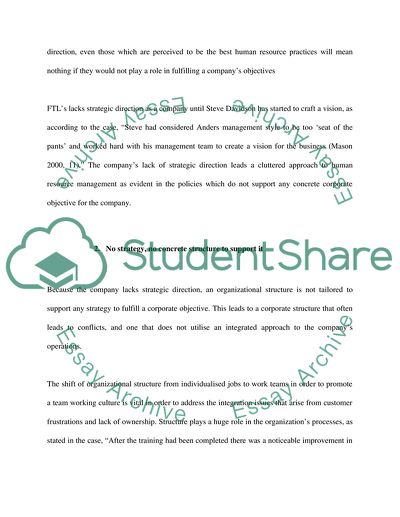Cite this document
(Human Resource Practices of Fastening Technologies Limited Case Study, n.d.)
Human Resource Practices of Fastening Technologies Limited Case Study. Retrieved from https://studentshare.org/human-resources/1549240-managing-people
Human Resource Practices of Fastening Technologies Limited Case Study. Retrieved from https://studentshare.org/human-resources/1549240-managing-people
(Human Resource Practices of Fastening Technologies Limited Case Study)
Human Resource Practices of Fastening Technologies Limited Case Study. https://studentshare.org/human-resources/1549240-managing-people.
Human Resource Practices of Fastening Technologies Limited Case Study. https://studentshare.org/human-resources/1549240-managing-people.
“Human Resource Practices of Fastening Technologies Limited Case Study”. https://studentshare.org/human-resources/1549240-managing-people.


